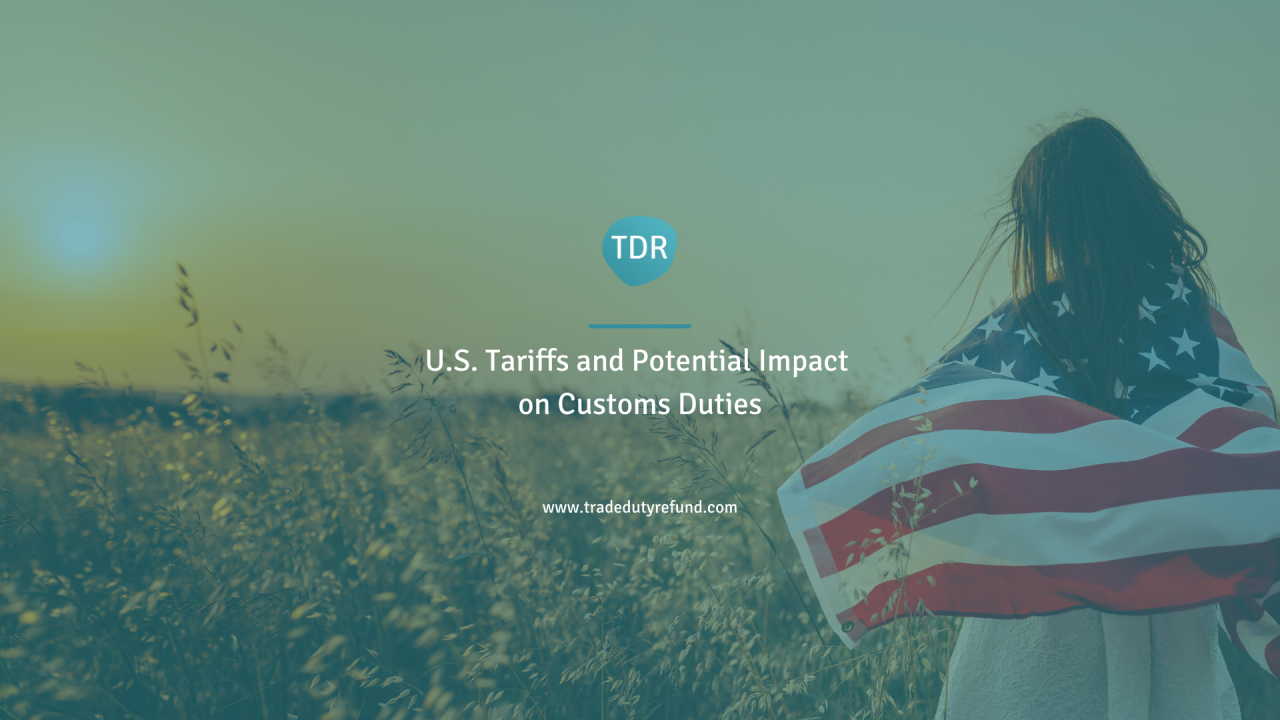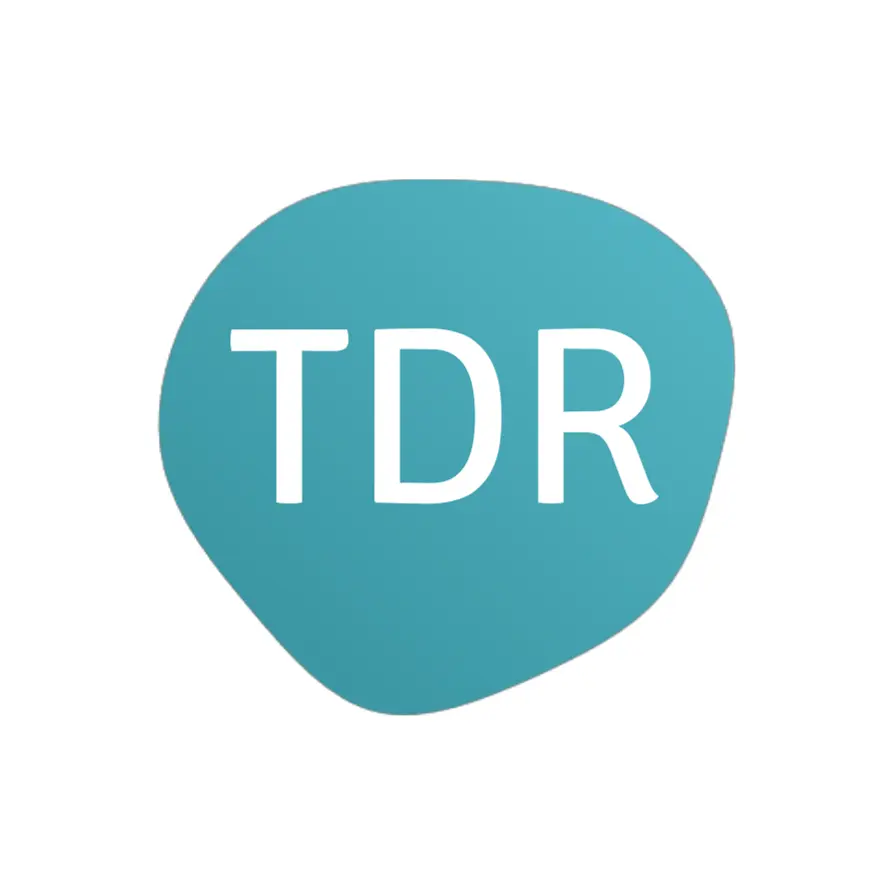The Potential Impact of U.S. Tariffs on Customs Duties and Duty Drawback

In recent years, U.S. tariffs have significantly influenced international trade dynamics, directly affecting customs duties and the duty drawback system. For businesses engaged in global commerce, understanding these impacts is crucial to maintaining profitability and competitiveness. Here, we explore a few ways in which U.S. tariffs influence customs duties and duty drawbacks, focusing on duty refunds and duty drawback strategies for cross-border retailers.
Increased Customs Duties
U.S. tariffs typically result in higher customs duties for imported goods. When tariffs are imposed, they effectively increase the cost of imported products, as importers are required to pay additional charges upon entry into the U.S. market. This increase can affect supply chain costs and ultimately raise prices for consumers.
For example, the tariffs on Chinese goods introduced during the U.S.-China trade war led to a significant surge in customs duties for various product categories. As a result, businesses importing these goods faced tighter profit margins or were compelled to pass on the increased costs to consumers.
According to the Tax Foundation, trade war tariffs have directly increased tax collections by $200 to $300 annually per U.S. household, on average.
Shift in Supply Chains
The imposition of tariffs often prompts companies to reconsider their supply chains. To minimize customs duties, businesses may seek alternative sourcing options from countries not subject to U.S. tariffs.
For example, some companies shifted production from China to countries like Vietnam, India, or Mexico to reduce tariff exposure. While this approach can lower customs duties, it also introduces complexities related to rules of origin, compliance, and transportation costs.
A survey from Bain & Co. indicates that 40% of executives expect double-digit input cost increases due to tariffs.
Impact on Duty Drawback
Duty drawback is a U.S. Customs and Border Protection program that allows importers to reclaim 99% of paid customs duties if the imported goods are subsequently exported or destroyed. U.S. tariffs can increase the potential value of duty drawback claims, as higher customs duties equate to larger refunds.
However, navigating this process has become more complicated. Companies must maintain meticulous records to prove the direct relationship between imported goods and the exported products. Recent changes to policy, such as the Trade Facilitation and Trade Enforcement Act (TFTEA), have expanded the scope of duty drawback but also intensified compliance requirements.
Pressure on Profit Margins, Competitiveness, and Returns Management
Increased customs duties due to tariffs put pressure on profit margins, especially for businesses relying on imported raw materials or components. For exporters, the duty drawback system can provide financial relief, but delays or complexities in the refund process may strain cash flow.
Tariffs also complicate returns management. When goods are returned to the U.S. after being exported—such as in the case of defective products or customer returns—importers may face additional customs duties. Although duty drawback can sometimes be claimed for these returned goods, the process is often complex and requires detailed documentation to prove the initial payment of customs duties and the reason for the return.
To remain competitive, businesses are increasingly investing in customs compliance expertise and digital tools to optimize duty drawback claims and manage returns efficiently.
Trade Duty Refund helps cross-border retailers and e-commerce companies seeking to optimize their duty drawback claims or adapt to changing customs regulations.
You can download our free e-Book on mastering the essentials of customs strategies to reduce cross-border returns costs: A Practical Guide to Customs Duties on Returns
You can also schedule a free discovery call with an expert in our team to understand your drawback situation and even estimate how much you could be claiming back.
